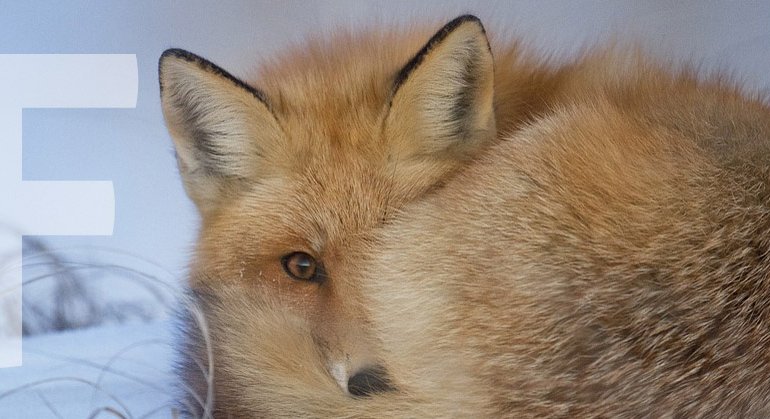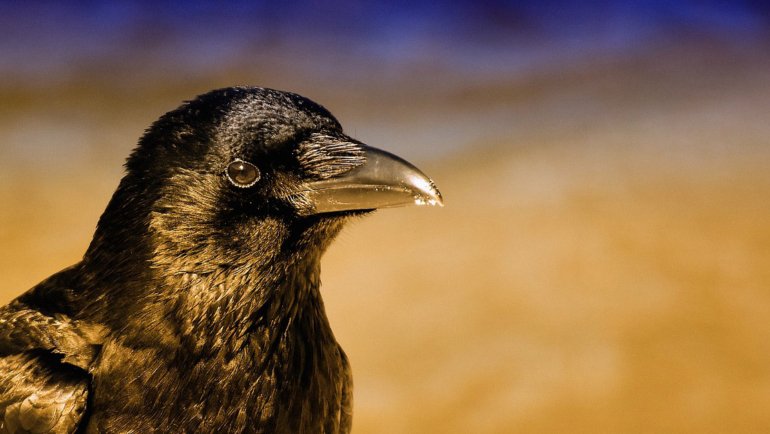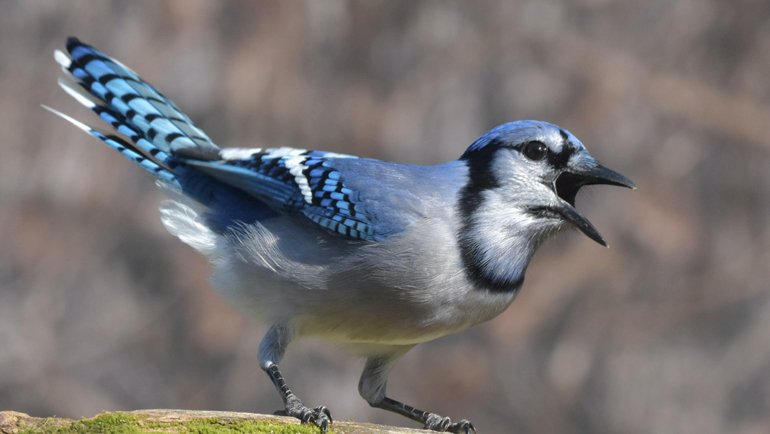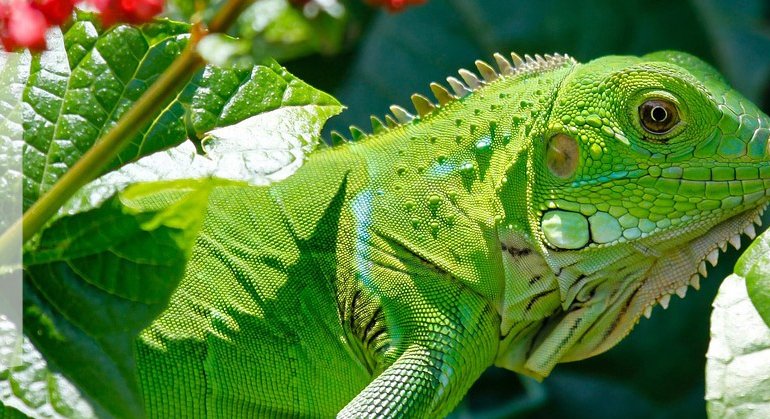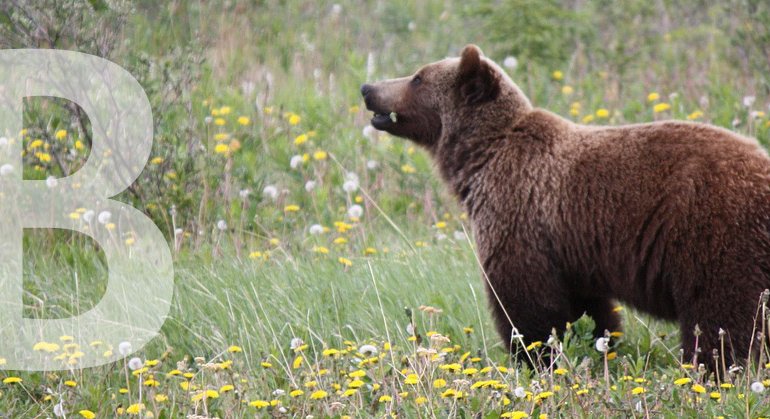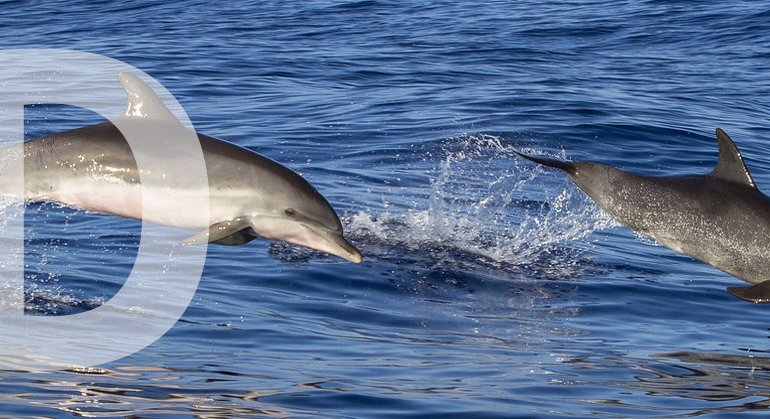Kelp, one of the fastest-growing marine plants in the world, plays a crucial role in maintaining the health and balance of underwater ecosystems. Kelp forests provide food and shelter for a diverse range of marine species, making them essential for the survival of many organisms. But what are the primary predators of kelp, and how do they affect the delicate balance of these underwater ecosystems?
Let’s explore the top predators of kelp, how kelp defends itself, and the ecological significance of kelp forests.
Top 10 Animals That Eat Kelp
1. Sea Urchins (The Biggest Threat to Kelp Forests)
Sea urchins are one of the most well-known consumers of kelp and pose the greatest threat to kelp forests. They use their sharp teeth to scrape away at the kelp holdfast (the part of the kelp that anchors it to the ocean floor), causing the kelp to detach and drift away. When sea urchin populations grow unchecked, they can create “urchin barrens” — areas devoid of kelp due to excessive grazing.
- Fun Fact: The sea urchin’s teeth are made of one of the hardest known biological substances and continue to grow back as they wear down.
- Ecological Role: Sea otters help control sea urchin populations, preventing them from overgrazing kelp forests.
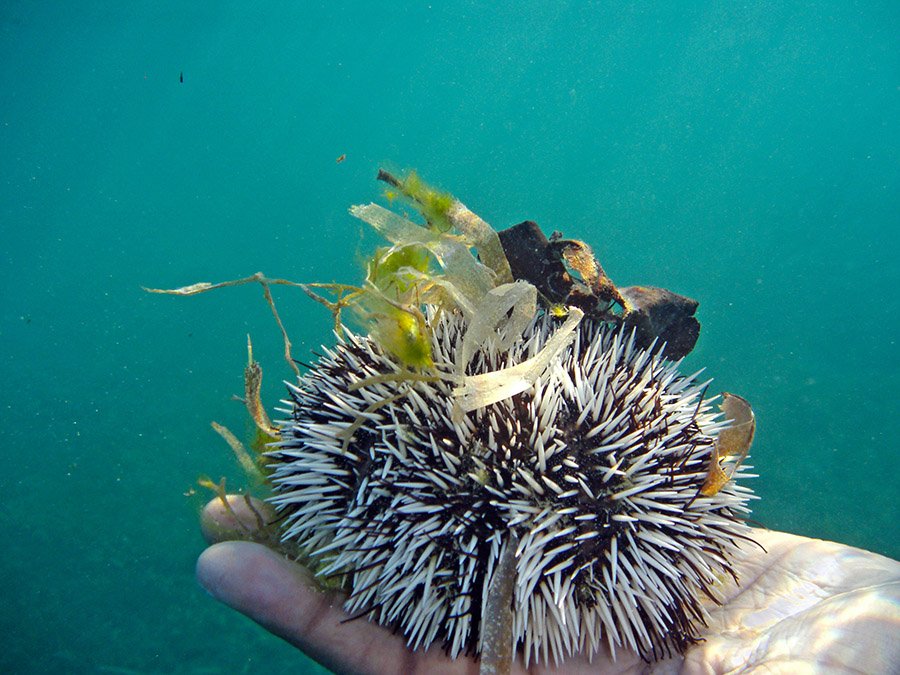
2. Abalones (Marine Mollusks That Love Kelp)
Abalones are marine snails that consume kelp by scraping off algae from rocks and eating the kelp fronds. They play an important role in controlling algal growth and maintaining balance within kelp forest ecosystems.
- Species Highlight: The red abalone (Haliotis rufescens) is one of the largest abalone species and a significant consumer of kelp.
- Interesting Behavior: Abalones use their muscular foot to cling tightly to rocks, making them difficult for predators to remove.
3. Kelp Crabs (Masters of Camouflage)
Kelp crabs, as their name suggests, live within kelp forests and feed primarily on kelp fronds. They have evolved to blend in with the kelp to avoid predators.
- Hunting Behavior: Kelp crabs climb kelp stalks to reach the best parts of the plant for feeding.
- Fun Fact: Kelp crabs have a mutualistic relationship with kelp. By feeding on older fronds, they help keep the kelp healthy.
4. Opaleye Fish (The Herbivorous Fish)
The Opaleye fish is a species of herbivorous fish found in the waters off the Pacific coast of North America. It feeds on various types of algae, including kelp.
- Interesting Adaptation: Opaleye fish have specialized teeth that allow them to graze on tough kelp fronds.
- Ecological Role: By feeding on kelp, Opaleye fish help manage the density of kelp forests, preventing overgrowth.
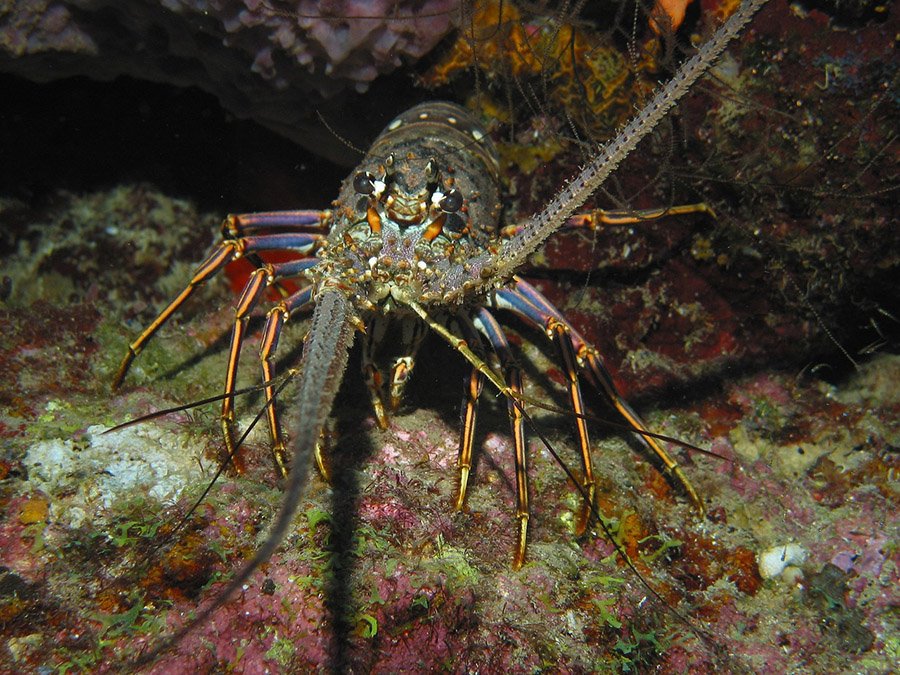
5. Prawns and Shrimp (Tiny Consumers of Kelp Detritus)
Prawns and shrimp don’t typically eat live kelp, but they feed on kelp detritus — pieces of kelp that break off and sink to the ocean floor.
- Ecological Role: By consuming detritus, prawns and shrimp contribute to the nutrient cycle in kelp forests.
- Species Highlight: The California spiny lobster feeds on kelp detritus and small sea creatures within kelp forests.
6. Bristle Worms (Decomposers of Kelp)
Bristle worms are marine invertebrates that consume decaying kelp. They are important decomposers, helping to recycle nutrients in the ecosystem.
- Interesting Behavior: Bristle worms have sharp bristles that deter predators, allowing them to feed on kelp detritus safely.
- Ecological Role: Bristle worms play a crucial role in breaking down organic matter in kelp forests, keeping the ecosystem healthy.
7. Green Sea Turtle (Chelonia mydas)
Green sea turtles are primarily herbivorous as adults, feeding on various marine plants, including seagrasses and algae. In some regions, they are known to consume kelp, contributing to the health and maintenance of kelp forest ecosystems.
- Interesting Behavior: Green sea turtles have finely serrated jaws adapted for a plant-based diet, allowing them to efficiently graze on kelp and other marine vegetation.
- Ecological Role: By feeding on kelp and other algae, green sea turtles help control algal growth, preventing overgrowth that can smother coral reefs and other marine habitats.
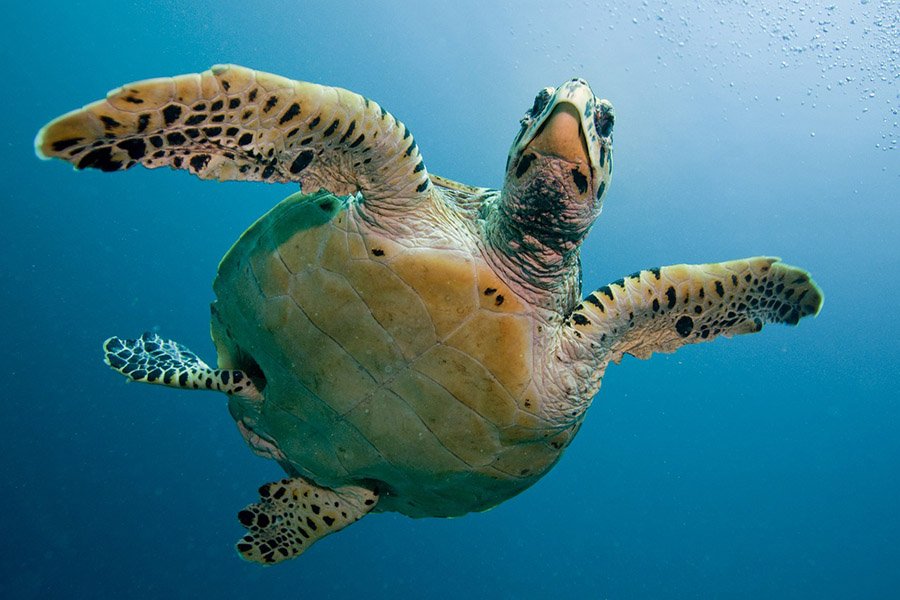
8. Humans (Harvesters of Kelp)
Humans have been harvesting kelp for centuries for use in food, fertilizers, and cosmetic products. Kelp is rich in vitamins, minerals, and iodine, making it a valuable resource.
- Interesting Fact: In some cultures, kelp is a delicacy and is used in dishes like kombu (a type of Japanese seaweed).
- Ecological Impact: Overharvesting can disrupt kelp forest ecosystems, so sustainable practices are essential.
9. Kelp Snail (Norrisia norrisii)
The kelp snail is a specific type of marine snail that feeds almost exclusively on kelp. It is often found clinging to the blades of kelp plants in underwater forests.
- Interesting Behavior: Kelp snails move slowly along the kelp fronds, scraping off bits of the plant to eat.
- Ecological Role: Kelp snails help control the growth of kelp by feeding on its fronds, preventing overgrowth in some areas.
10. Halfmoon Fish (Medialuna californiensis)
The Halfmoon fish is a herbivorous fish that feeds on kelp and other algae. It is commonly found in kelp forests along the coast of California.
- Interesting Behavior: Halfmoon fish often nibble on the kelp fronds, leaving the younger parts of the plant intact to continue growing.
- Ecological Role: By feeding on kelp, Halfmoon fish help maintain the balance of kelp forest ecosystems.
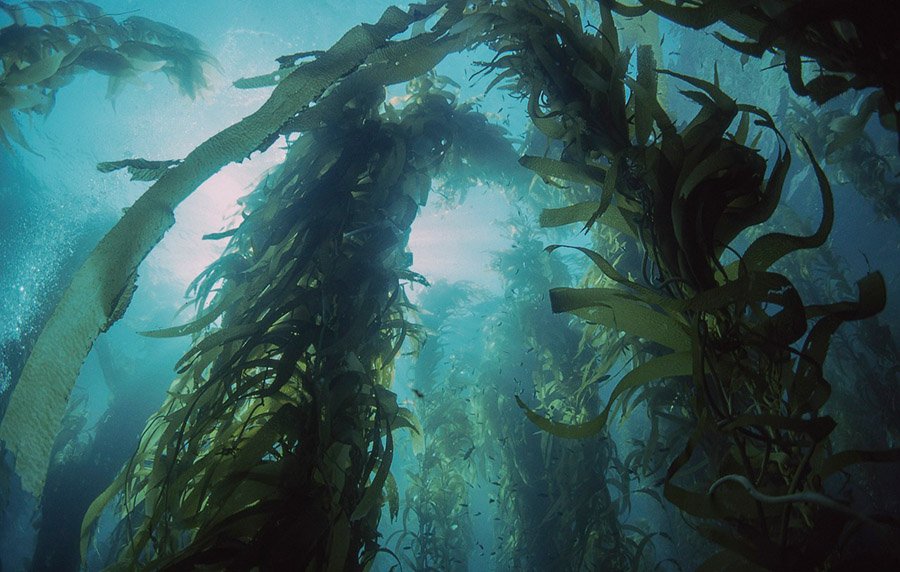
How Kelp Defends Itself
Although kelp is a plant and lacks the mobility to escape predators, it has developed several defense mechanisms to survive in the ocean:
Chemical Defenses
Some kelp species produce secondary metabolites (chemical compounds) that deter herbivores by making them unpalatable or toxic.
- Example: Brown algae produces a compound called phlorotannin, which has anti-herbivory properties.
Rapid Growth
Kelp can grow up to 18 inches (45 cm) per day, allowing it to recover quickly from grazing. This rapid growth helps kelp outpace herbivores and sustain the ecosystem.
Tough Tissue
The fronds of kelp have a leathery texture, making them difficult for some herbivores to consume. This toughness acts as a natural deterrent.
Ecological Importance of Kelp Forests
Kelp forests are one of the most productive and dynamic ecosystems on Earth. They provide habitat and food for countless marine species, absorb carbon dioxide, and help protect coastlines from storm surges. The balance between kelp and its consumers is essential to maintaining the health of these underwater forests.
Conclusion
Understanding what eats kelp reveals the delicate balance of marine ecosystems. Kelp forests rely on a network of consumers and defenders to remain healthy. From sea urchins and abalones to sea otters and herbivorous fish, each species plays a role in maintaining this balance. Protecting kelp forests is essential for preserving biodiversity and ensuring the sustainability of marine life.
